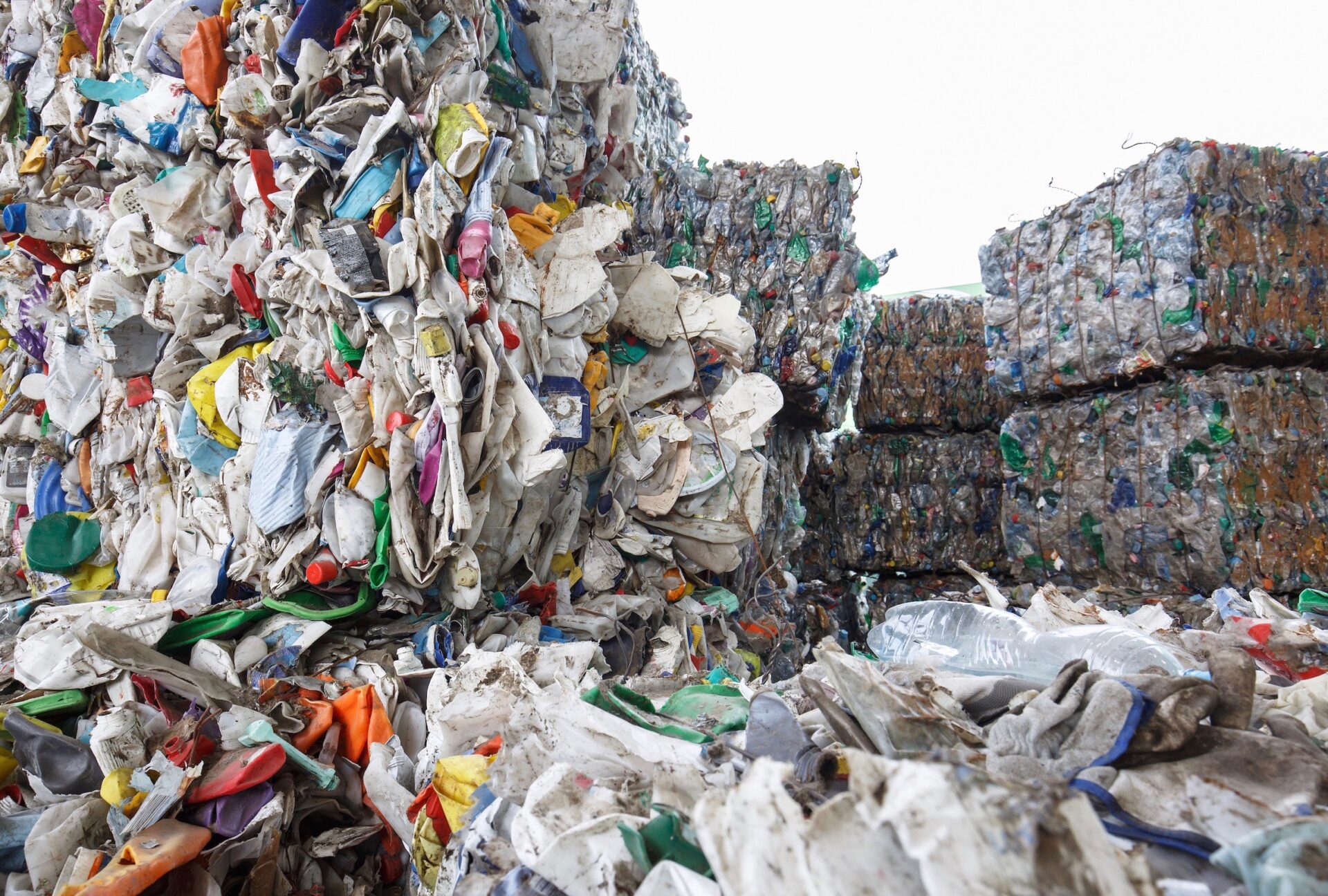Better sorting, more chemical recycling, and the establishment of a downstream industry are some of the most important factors.
Every year, close to 350 million tonnes of plastic are produced worldwide, and the amount is growing. Only about seven percent of this plastic is recycled. In order to deal with this significant challenge, we must quickly be able to increase the recycling of the plastic resources we have at hand.
One of our main challenges is that a significant proportion of the waste plastic still cannot go to material recycling. There are various reasons for this, but the following factors will be important if we want to develop an effective circularity that includes as much of our waste plastic as possible.
More knowledge about the recycling of plastics
It is a fact that in 2022 there is limited knowledge about waste plastic, both in society and in the waste industry. This applies to large parts of the value chain, from the collection, sorting, and cleaning of waste plastic to the development of raw materials such as granules, and the final production of new plastic products.
More knowledge about plastic qualities is important to ensure that larger volumes of the “right” plastic are used for material recycling, whether the plastic goes to mechanical or chemical processing. A greater understanding of the value of plastic in a circular economy can also increase its reuse and at the same time reduce the amount of plastic that ends up in nature.
More downstream solutions and processing capacity
It is of little help to talk about plastic recycling if we do not have enough businesses that can carry out the task. Most countries in Europe lack sufficient downstream solutions for processing and facilitating the recycling of plastics. We need to build a European industry around plastic processing and recycling to ensure the reuse of the ever-growing quantities of plastic we produce today.
The establishment of chemical recycling
Today, mechanical recycling of hard plastics constitutes the most widespread material recycling of plastic worldwide. But in order to speed up the recycling of plastics, we must also ensure that chemical recycling is industrialized as quickly as possible. Over time, pyrolysis can become a very important contributor. This will also prevent more plastic from being sent to landfill, or becoming fuel in WtE-facilities.
In practice, chemical recycling of plastic leads to so-called “upcycling”: the plastic is returned to its molecular origin and can be used to produce new plastic with the same quality as virgin plastic. Hence, it can also be used for food packaging.
Chemical recycling also enables the reuse of complex plastic waste that cannot be used for mechanical recycling. In addition, chemical recycling leads to a higher recovery rate than mechanical recycling.
Chemical recycling is on the rise in Europe, with many new pyrolysis plants being planned and developed. Even in the USA, we see larger players entering the scene, such as Cyclyx International, ExxonMobil, and LyondellBasell.
We still have a long way to go before we have a well-functioning international ecosystem for the chemical recycling of plastics. This development is both expensive, highly complex, and time-consuming. In order to speed up the chemical recycling of plastics in the EU, it is also important that the process is recognized as material recycling by all countries in Europe.
A predictable and stable market
Any new industry grows faster if the market is favourable. We can manipulate this market with incentives or regulations, but we will always be at the mercy of the current economic circumstances. The turbulent times we are facing at present, with high energy costs, short-term inflation and signs of recession, could make it cheaper to produce virgin plastic as demand for recycled material is falling.
Hence, if we are to succeed in creating a global industry in the chemical recycling of plastic, we need more incentives for investment, and regulations that ease the flow of plastic between countries.
Various national incineration taxes, in addition to the EU’s quota system ETS which will be introduced throughout the EU in 2026, are incentives that are meant to increase the sorting of plastic for material recycling. The cost of CO2-emissions has doubled in just two years and is expected to rise further, which makes it more attractive to reduce plastic in secondary fuels.
The material recycling of plastic is subject to a complex market, and will need both predictability and good prospects for a steady and healthy development. A joint effort from both private players and authorities is needed to create a well-functioning ecosystem for plastic recycling in the future.











